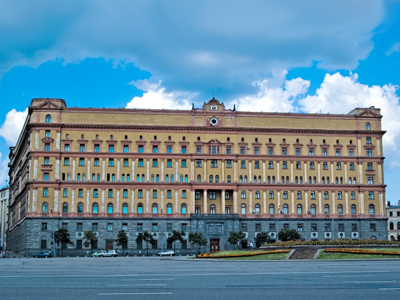
Russia: 1924-1941 - The Purges And Life In Stalin's Russia
This World History quiz is called 'Russia: 1924-1941 - The Purges And Life In Stalin's Russia' and it has been written by teachers to help you if you are studying the subject at senior high school. Playing educational quizzes is one of the most efficienct ways to learn if you are in the 11th or 12th grade - aged 16 to 18.
It costs only $12.50 per month to play this quiz and over 3,500 others that help you with your school work. You can subscribe on the page at Join Us
Life changed markedly in the USSR in the years leading up to the Second World War. A new constitution theoretically protected human rights in Russia, but religion and the arts received special scrutiny. In the late 1930's the Great Purges raised further questions about the dictatorial rule of Stalin.
Ready for more?
not all...
quizzers. Try to win a coveted spot on our Hall of Fame Page.







